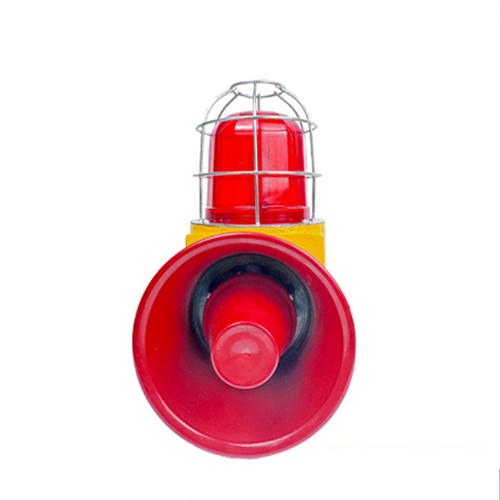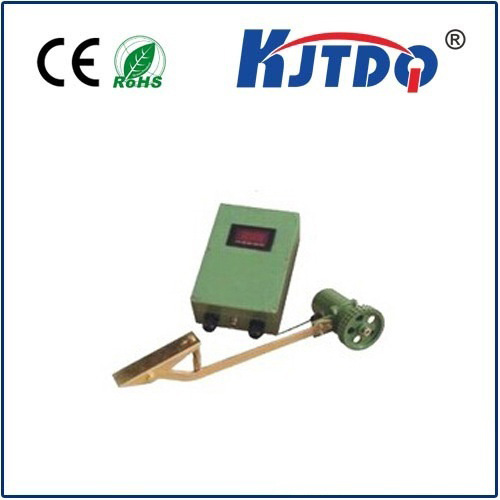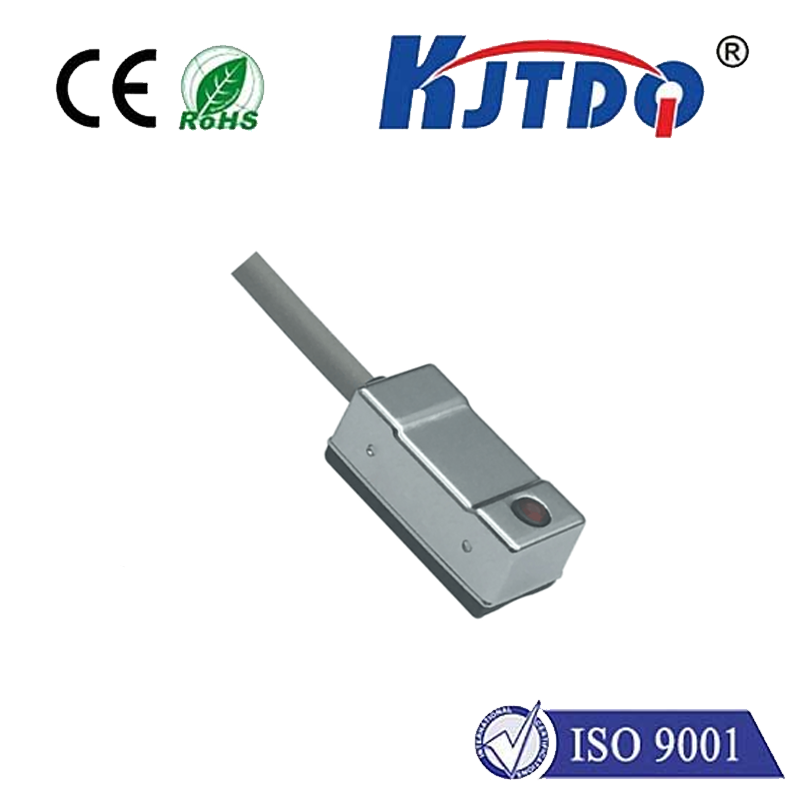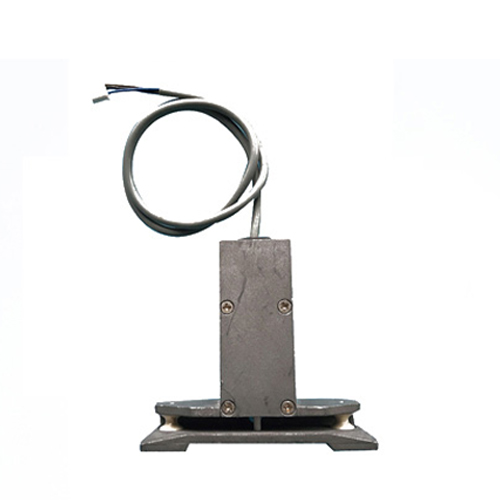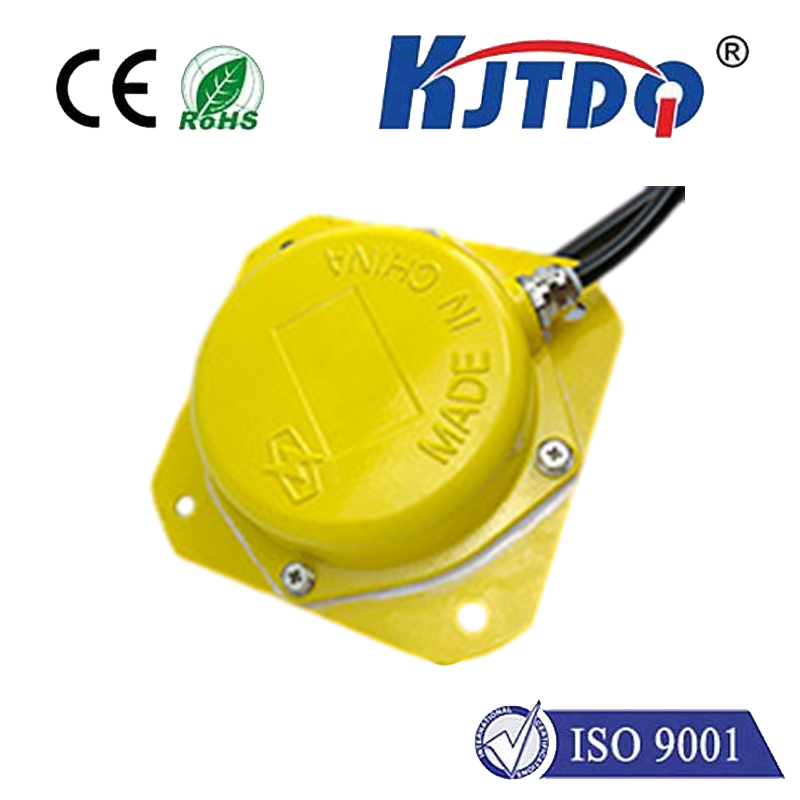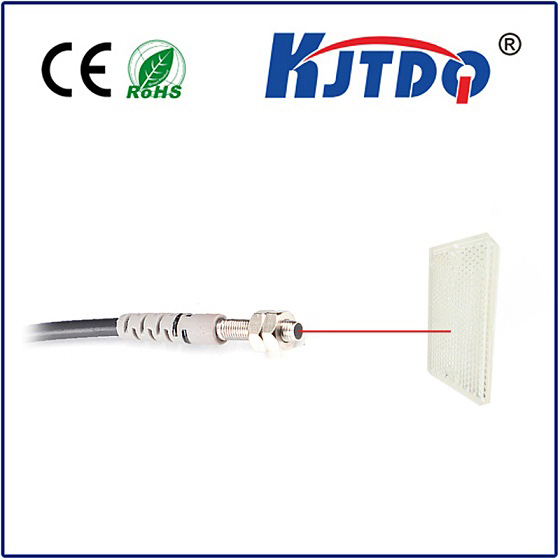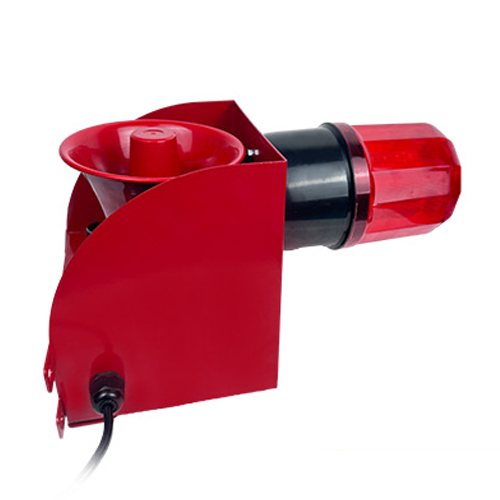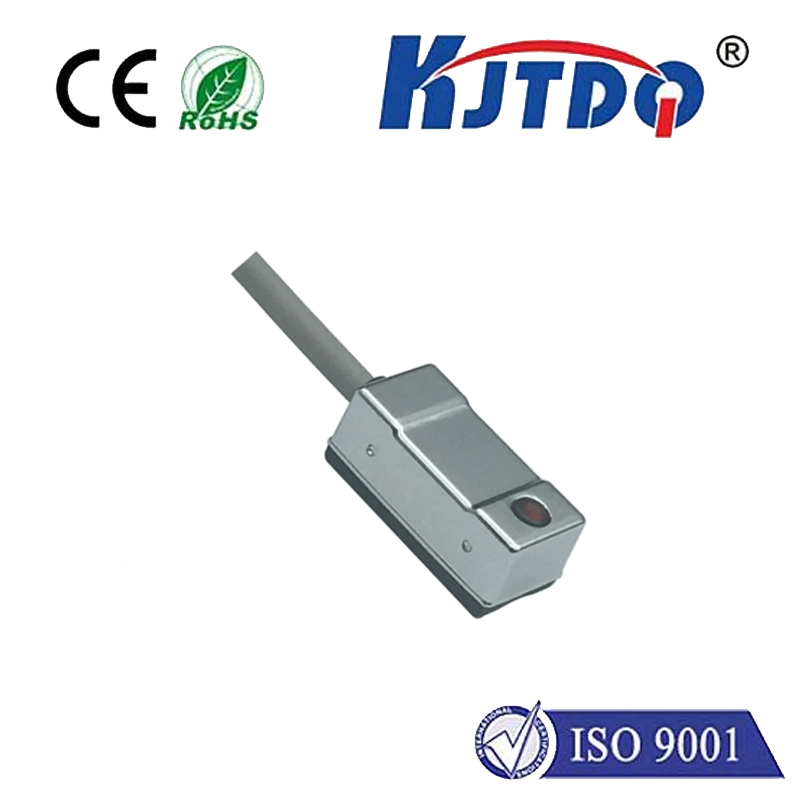Triangulation LiDAR: How This Technology is Reshaping Precision Measurement Imagine a self-driving car navigating a busy city street, instantly detecting pedestrians, cyclists, and traffic signs with millimeter accuracy. Or picture an archaeologist mapping ancient ruins in 3D, capturing every crack and contour without touching a single stone. At the heart of these feats lies LiDAR—a revolutionary sensing technology. But not all LiDAR systems are created equal. Among them, triangulation LiDAR stands out for its precision, cost-effectiveness, and adaptability. So, how does this technology work, and why is it transforming industries from robotics to heritage preservation? Let’s dive in.
LiDAR (Light Detection and Ranging) measures distance by emitting laser pulses and calculating the time it takes for reflected light to return—a method known as time-of-flight (ToF). However, triangulation LiDAR takes a different approach. Instead of relying on time measurements, it uses geometric principles to determine distance. Here’s how:
Laser Emission: A laser diode projects a focused beam onto a target.
Light Reflection: The reflected light is captured by a sensor (usually a CMOS or CCD camera) positioned at a known distance from the laser source.
Triangulation Calculation: By analyzing the displacement of the reflected laser spot on the sensor, the system calculates the target’s distance using trigonometric relationships. This method is exceptionally accurate for short to medium ranges (up to several meters), making it ideal for applications where sub-millimeter precision is critical.
While ToF LiDAR dominates long-range applications like autonomous vehicles and aerial mapping, triangulation LiDAR excels in environments where precision outweighs range requirements. Its benefits include:

Higher Resolution: By focusing on geometric displacement, it achieves finer detail detection, perfect for quality control in manufacturing.
Cost Efficiency: Eliminating the need for high-speed timing circuits reduces hardware complexity and cost.
Real-Time Processing: Simplified calculations enable faster data output, crucial for robotics and automation. For example, in semiconductor manufacturing, triangulation LiDAR systems inspect microchip surfaces for defects as small as 1 micrometer—a task impractical for ToF systems due to resolution limitations.
The versatility of triangulation LiDAR has spurred adoption across diverse fields:
In factories, robots equipped with triangulation LiDAR perform high-precision tasks like welding, assembly, and pick-and-place operations. The technology’s rapid feedback loop ensures robots adjust movements in real time, minimizing errors. Automotive manufacturers use it to align components with tolerances under 0.1 mm.
From reverse engineering to cultural heritage preservation, this LiDAR variant generates detailed 3D models. Museums deploy it to digitize fragile artifacts, while architects use scans to renovate historical buildings without physical contact.
Surgeons utilize triangulation LiDAR for minimally invasive procedures, mapping internal structures with unparalleled accuracy. Researchers also apply it to study microscopic biological samples, tracking cellular movements in real time.
Smartphones and tablets increasingly integrate miniature LiDAR sensors for AR (augmented reality) applications. While most use ToF, triangulation-based systems are gaining traction for close-range interactions, like gesture recognition in VR headsets.
No technology is flawless. Triangulation LiDAR struggles with:
Limited Range: Performance degrades beyond 10 meters due to laser spot dispersion.
Ambient Light Interference: Bright environments can overwhelm sensors, though advanced filters mitigate this issue.
Occlusion Risks: If the laser spot is blocked from the sensor’s view, measurements fail—a hurdle addressed by multi-sensor configurations. Despite these constraints, ongoing advancements in optics and AI-driven data processing are expanding its capabilities.
Innovation in this field focuses on overcoming range limitations and enhancing integration with other technologies. Researchers are experimenting with wavelength multiplexing to improve performance in outdoor settings. Meanwhile, pairing triangulation LiDAR with machine learning algorithms enables systems to “learn” from noisy data, boosting reliability in dynamic environments. In the coming years, expect to see this technology in smart agriculture (monitoring crop health), retail (inventory management), and even space exploration (rover navigation on planetary surfaces). As industries demand higher precision at lower costs, triangulation LiDAR is poised to become a cornerstone of tomorrow’s smart systems. Whether it’s enabling safer autonomous machines or preserving humanity’s cultural legacy, this unsung hero of optical sensing is quietly reshaping the boundaries of what’s possible.
